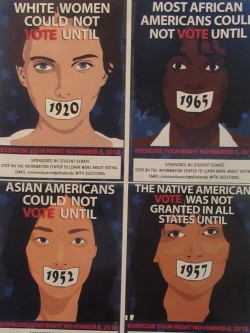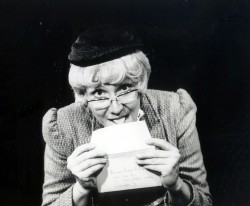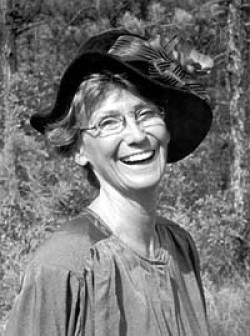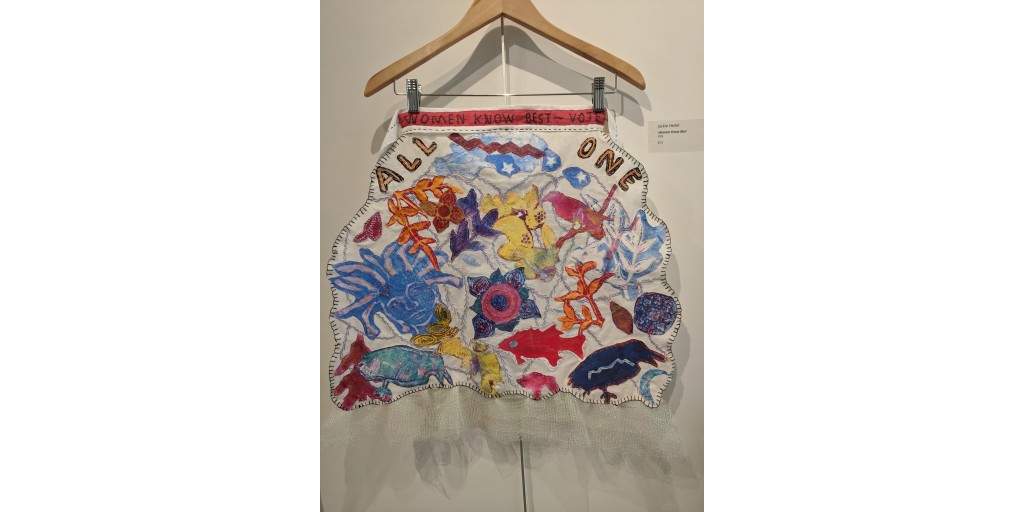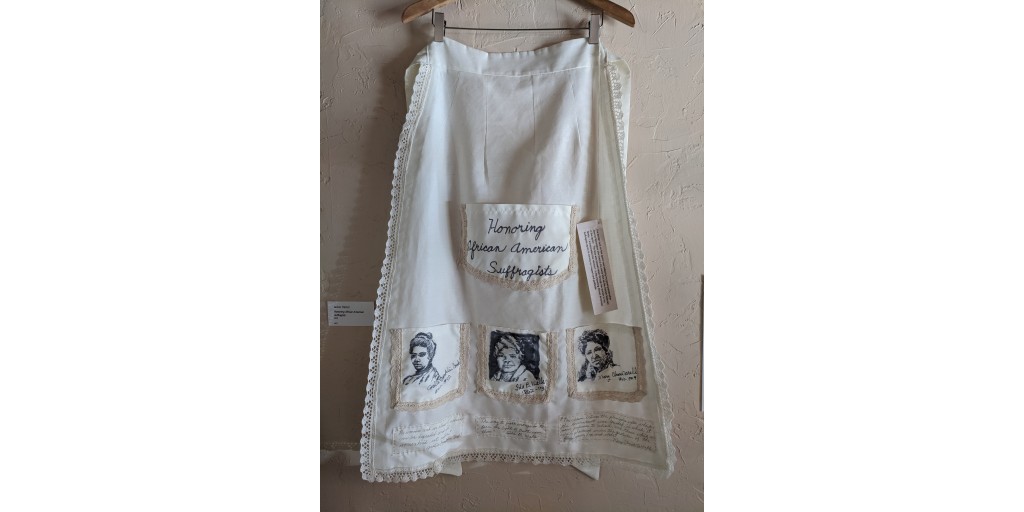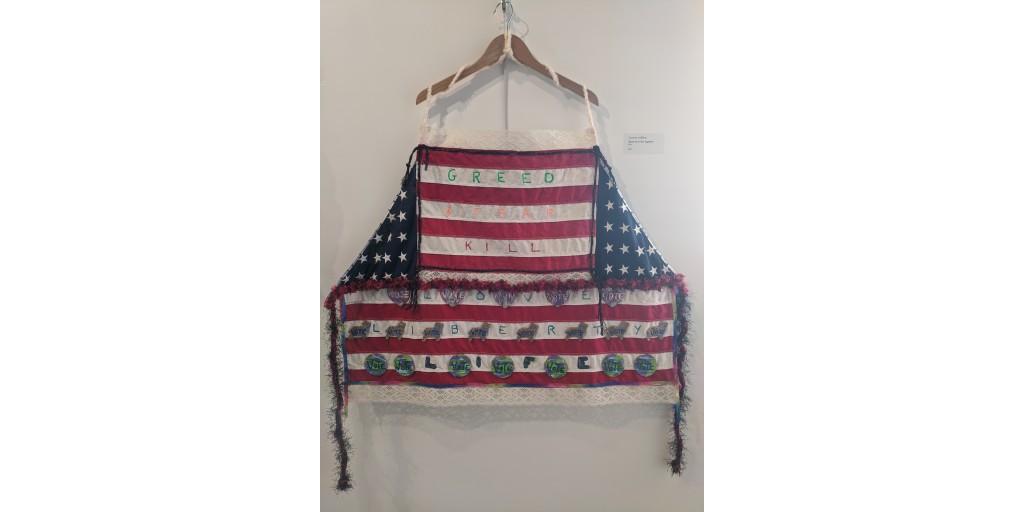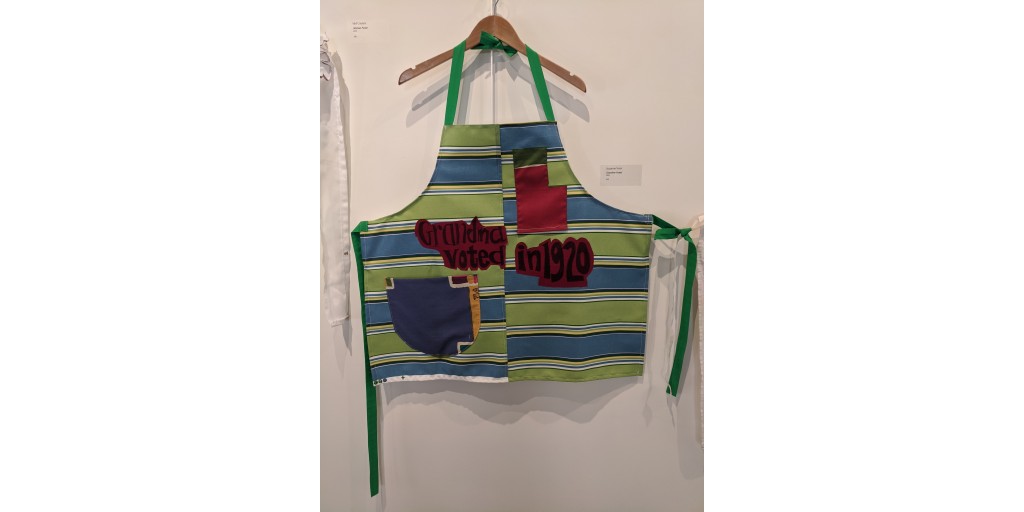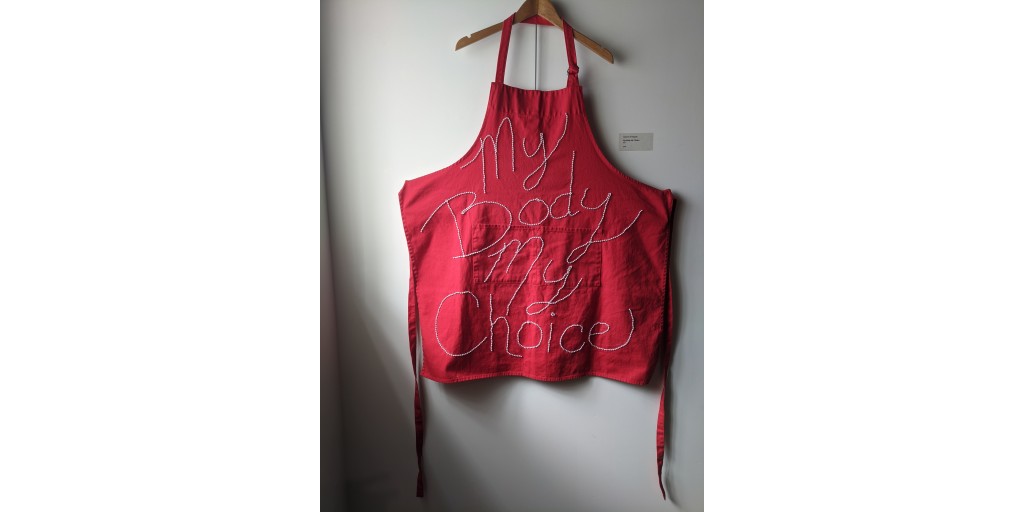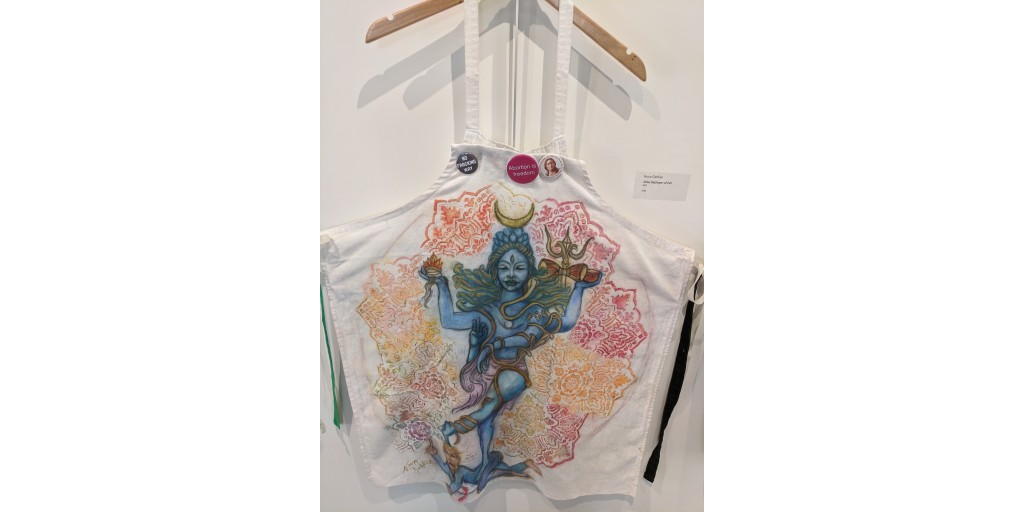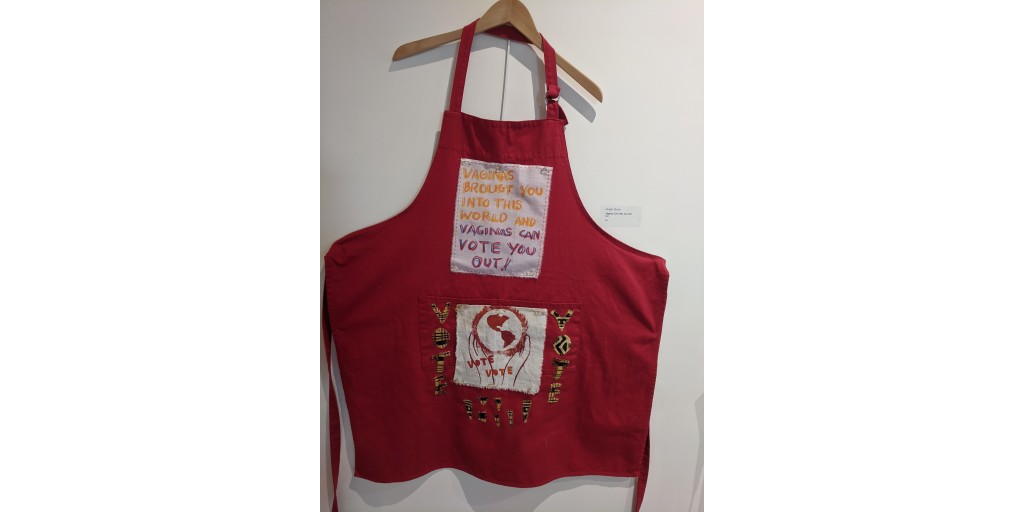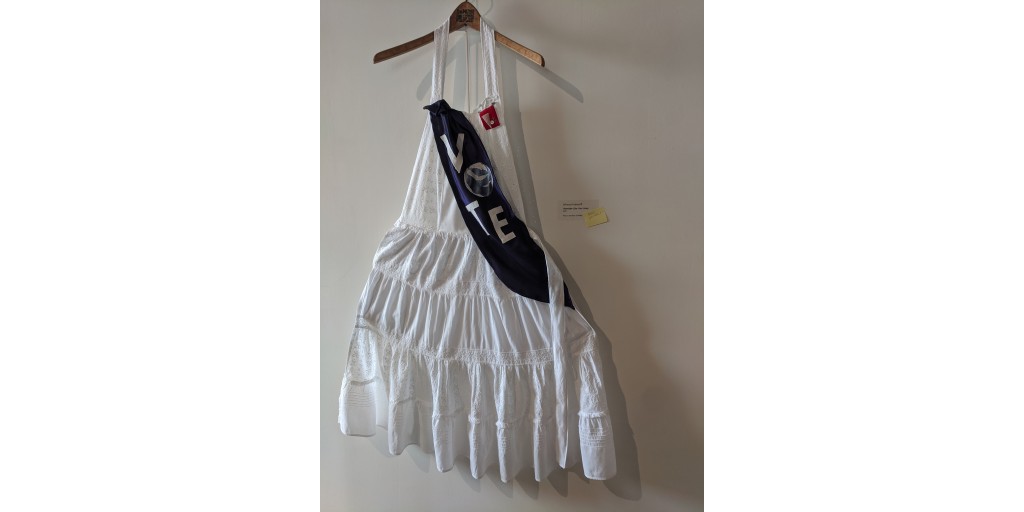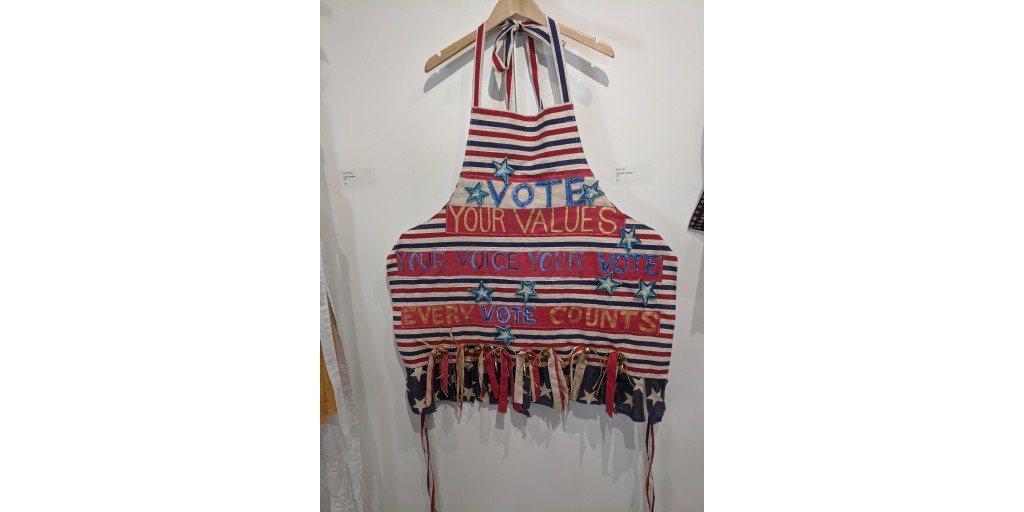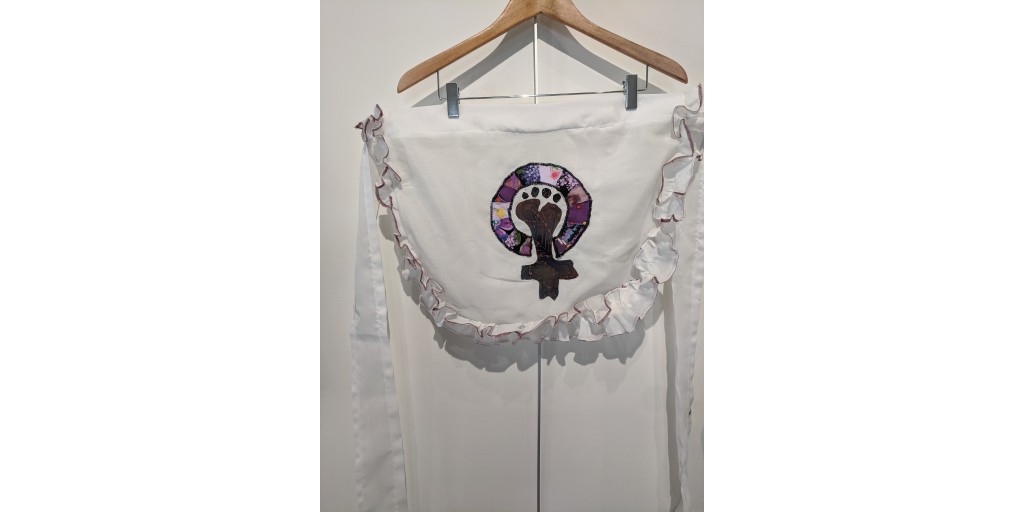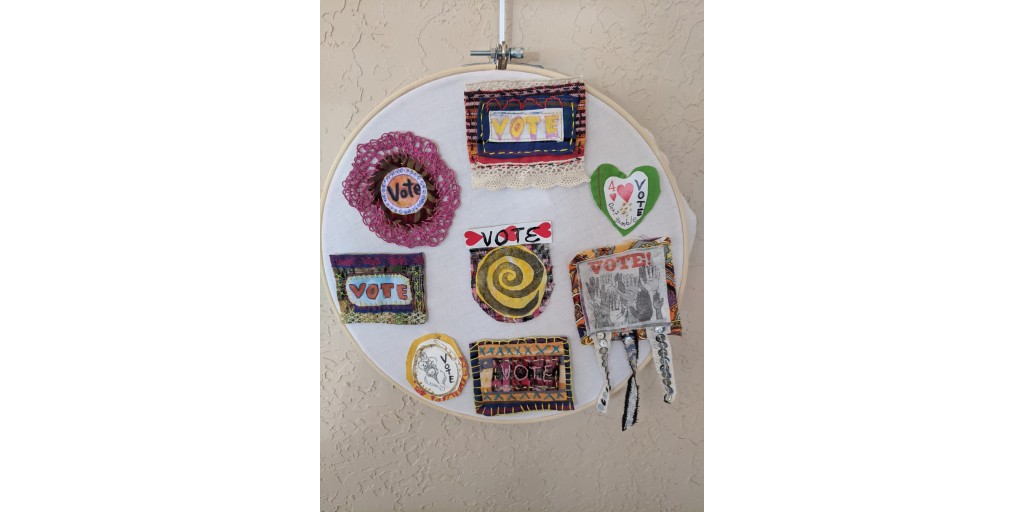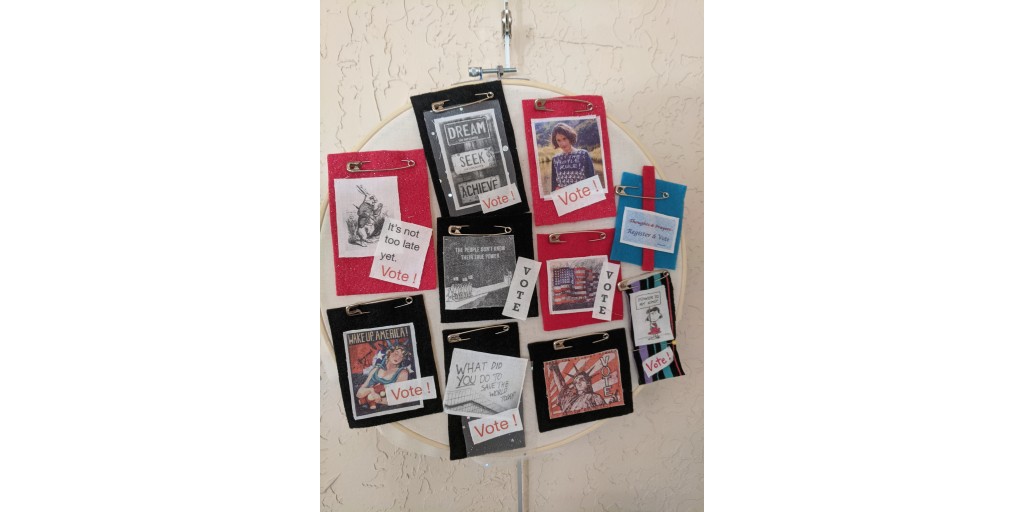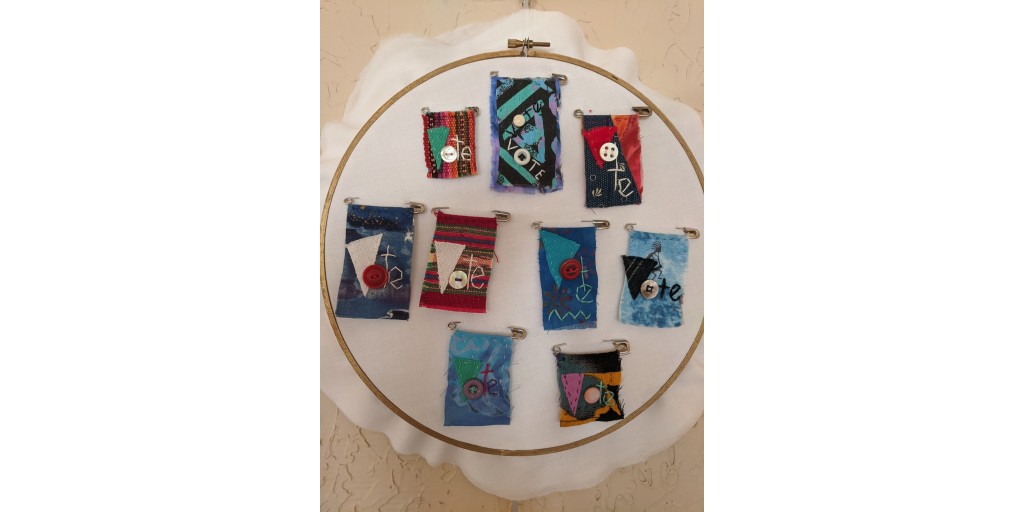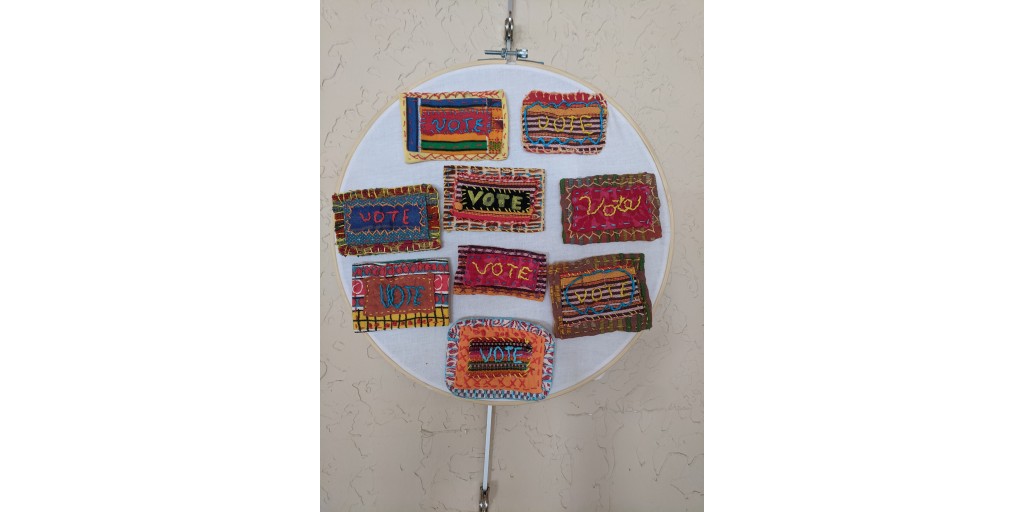The Right to Vote
--Sylvia Ramos, National Organization of Women
2020 marks the centennial of the ratification of the 19th amendment, giving women the vote in the United States.
Asian Americans didn't get the vote until 1943. Native Americans didn't become citizens until 1924 and gained suffrage very slowly, and although Miguel Trujillo won the right for the pueblo people in New Mexico in 1947, all Natives in New Mexico did not have the right to vote until 1948.
If you are a teacher and would like to request the Herstory: Women's History in American source book from NHD, please contact New Mexico Coordinator Ellen Dornan.
The following resources are provided for information purposes, with no endorsement from the NM Humanities Council.
National Women's History Museum: Using Historic Sites in NHD Research »
NPS: New Mexico and the 19th Amendment »
American Journalism: Suffrage and the Media »
Online Biographical Dictionary of the Woman Suffrage Movement in the United States »
National Women's History Alliance »

Letterhead, New Mexico Branch of the Congressional Union for Woman Suffrage. From the Thomas Catron papers.
Primary Sources for Women's Suffrage in NM
UNM Women's Suffrage Lib Guide
The following digital documents are provided only for research purposes. Please cite them appropriately. The NMHC can not give permission for publication or use for any of these materials; please contact the copyright holder.
Suffrage Documents in the Thomas Catron Papers
warning: these are large files
Please cite: Thomas B. Catron Papers, Sect. 408, box I, folder 19. Center for Southwest Research, University Libraries, University of New Mexico.
Suffrage articles in the Santa Fe New Mexican
Please cite: (e.g.) Santa Fe New Mexican, 26, 27, 29 February 1916.
Secondary Sources on NM Suffrage
Please cite:
Joan M. Jensen, "'Disenfranchisement is a Disgrace': Women and Politics in New Mexico, 1900-1940," New Mexico Historical Review 56.1 (January 1981): 5-36.
Dunbar, Laird J.. "A Study of the Suffrage of the Arizona and New Mexico Indian." (1948). https://digitalrepository.unm.edu/pols_etds/80
Young, Janine A.. ""For the best interests of the community": the origins and impact of the women's suffrage movement in New Mexico, 1900-1930." (1984). https://digitalrepository.unm.edu/hist_etds/253
Kerstetter, Mary Ann. "Suffrage- New Mexico's Story." Unpublished.
Martinez, Stephen C. 2006. Civic Ideals in New Mexico: The Sacred Quest for Citizenship. 2006. https://search.ebscohost.com/login.aspx?direct=true&db=cat05987a&AN=unm.76272605&site=eds-live&scope=site.
Machen, Meredith. "Ada McPherson Morley." Unpublished.
Women's Suffrage in New Mexico
A conversation with women's historians Dr. Meredith Machen and Georgellen Burnett.
Native Suffrage in New Mexico: Miguel Trujillo Sr.
Webcast with Gordon Bronitsky on Miguel Trujillo, Sr.
September 10, 2019
Chronicling and Mapping the Women's Suffrage Movement
From National History Day and the National Endowment for the Humanities
Living History with Deborah Blanche
Apply through our Speakers Bureau for the amazing Deborah Blanche to bring a slice of living history to your school, event or organization. She presents in the character of two women famous for their fearless activism and participation in politics.
Fees for non-profits: $100
Fees for K-12 schools: $50
Nonprofit organizations in Otero, Doña Ana, Luna, Hidalgo, Grant, Sierra, or Lincoln counties are eligible for one free program per year. K-12 schools in those counties are eligible for two free programs per year. All fees are waived for NHD fundraisers.
Jeannette Rankin
Jeannette Rankin was the first woman elected to the United States Congress. A Westerner from Montana, she was a leader in the struggle for women's suffrage, peace and social justice. Representative Rankin was a builder of bridges between classes, genders and diverse ideas. With story, song and dramatization, highlights of her life from 1917-1968 unfold. She answers questions, delights, provokes and challenges us to re-examine and re-affirm our common humanity.
Nina Otero Warren
Born into the families Luna and Otero, Nina moved to Santa Fe as a teenager. La Nina was superintendent of schools. She was also an organizer of Santa Fe Fiesta, Indian Market, and Spanish Colonial Arts. She worked to get New Mexico women the right to vote, then ran for U.S. Congress in 1922. Meet her in 1951 for her 70th birthday as she reminisces, confides, answers and disclaims -- and even tells some stories from her book, "Old Spain in our Southwest."
Apronista Collective: ApronSpeak
If you didn't make it to our show before the pandemic shut things down, we're sorry! It's so great we thought we'd try to share it online.
For more work, find the Apronista Collective on Facebook.

